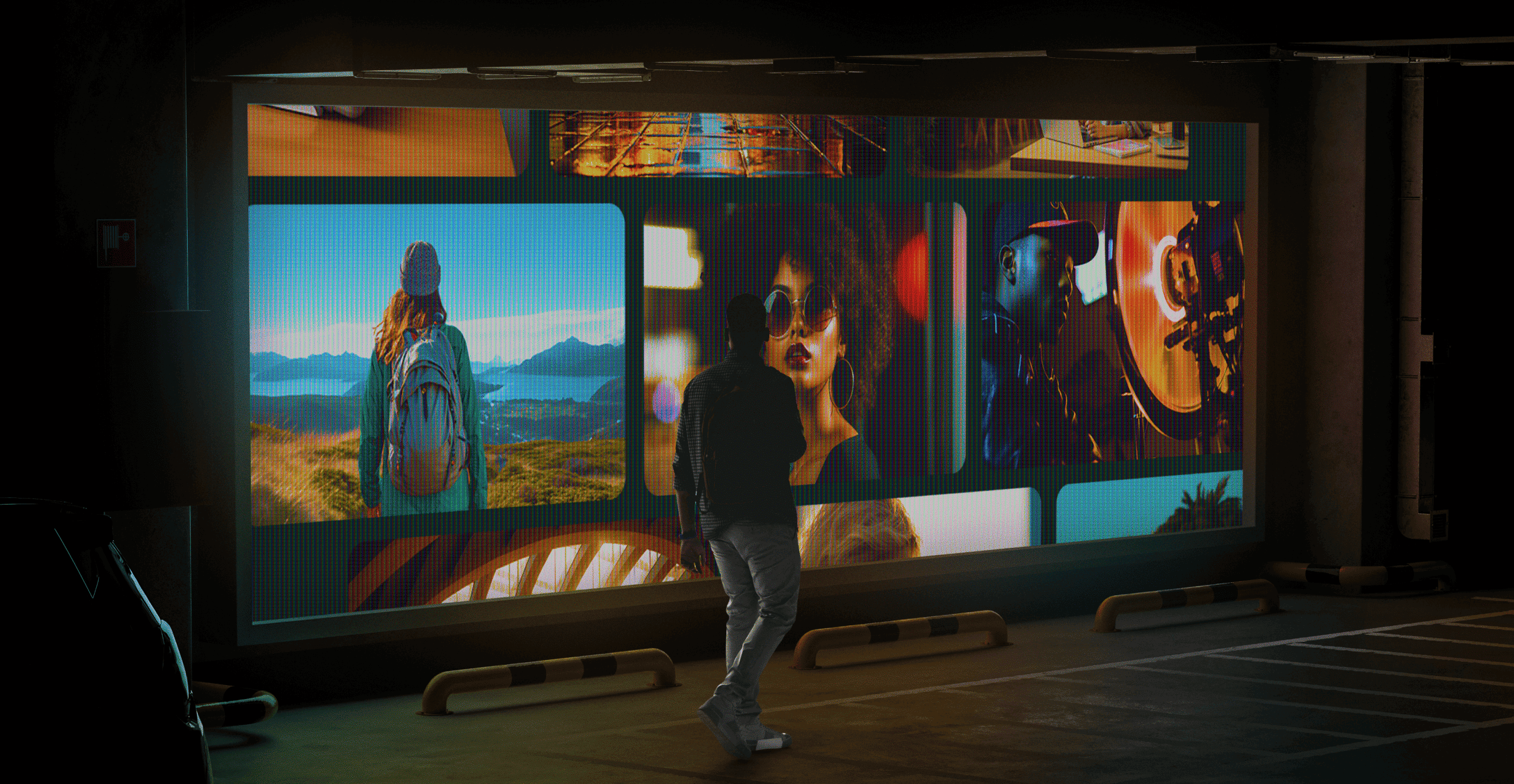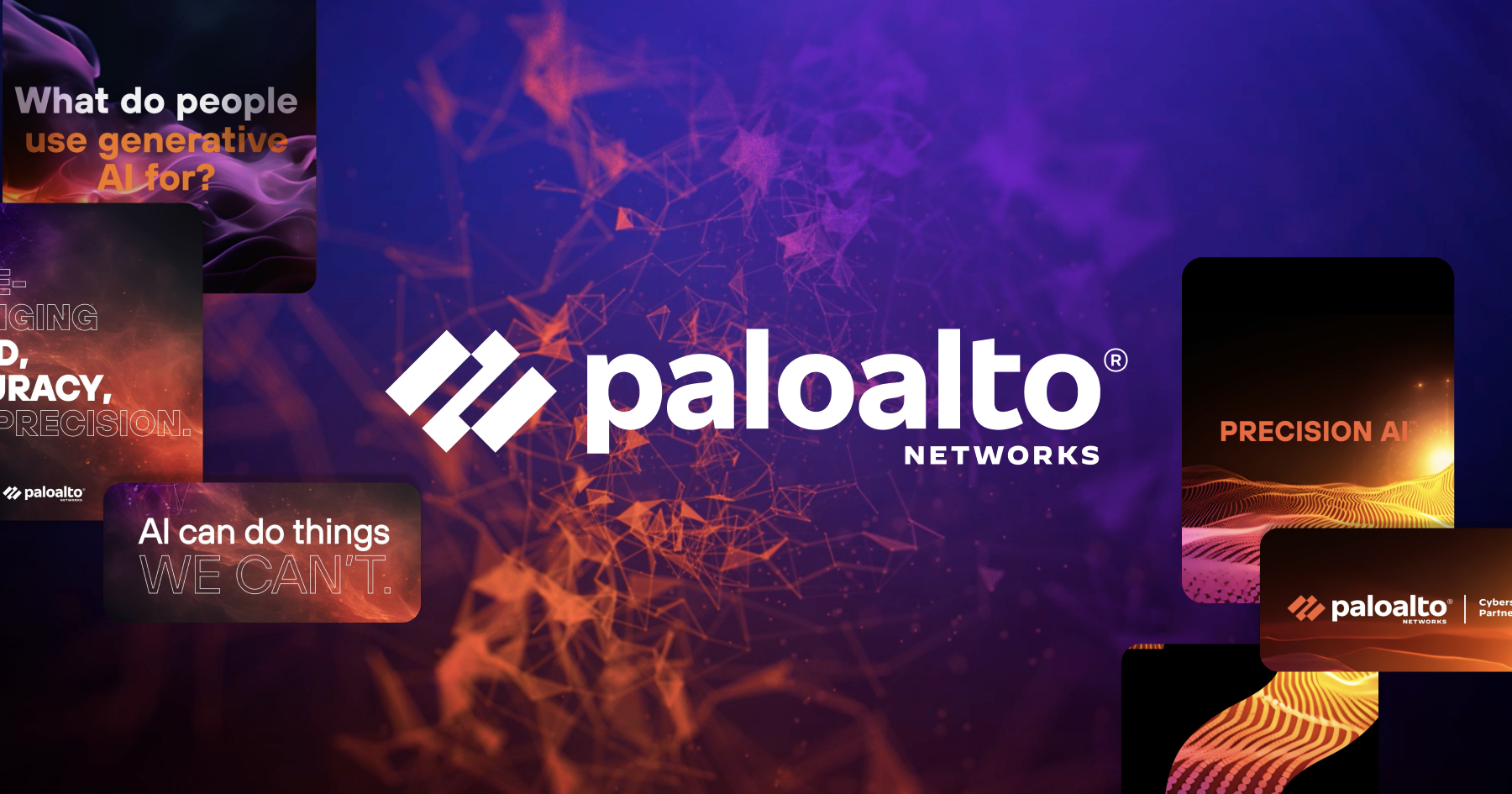What is Brand Recall and Brand Recognition?


You’d know those arches anywhere. Its neon yellow humps peek at you over strip malls, wave at you on the sides of passing buses and look up at you from discarded paper bags. Good god, you could use some fries right now.
This is brand recognition and brand recall at play. They’re unseen forces guiding our lives as consumers, and are a big part of why we buy what we buy. In an increasingly visual world, peoples’ ability to recall and recognize your brand is as important as the product/service you’re selling them.
Let’s learn about brand recognition vs brand awareness, and how you can use both to your advantage in a competitive market. Also, while we can't offer you real fries, please accept this delicious-looking picture in recompense for spurring your appetite earlier.
What you’ll learn
How do you measure brand recall and recognition?
How do you build brand recall and recognition?
How do you maximize brand recall and recognition?
Ready to Build an Unforgettable Brand?
What is Brand Recall?
Brand recall and brand recognition fall under the same umbrella of what we’d call “brand awareness” (how familiar your target consumers are with you in general) Here. are some distinctions to keep in mind.
Brand recall is your consumer’s capacity to remember your brand with as few prompts as possible. When someone asks you to name a fast food restaurant, and you reply “McDonald’s”, that’s unaided recall. McDonald’s jumped to the top of your mind and out your mouth without coaxing you towards the answer.
If you’d said “KFC” to that person, they might ask you leading questions to see where McDonald’s sits in your memory bank. If you offered the desired answer after “name a fast food chain that sells hamburgers”, that’s aided recall.
Unaided recall is what businesses aim for. The less prodding our hypothetical interviewer has to do to get you to say “McDonald’s”, the more evident it is that their marketing tactics are working; it’s the first thing on your mind when you think of fast food. And when one business is top of mind in its industry, you’re far more likely to make a purchase when you need—or crave—what they offer. Even though Wendy’s is just next door, you’re leaving for a McFlurry and not a Frosty.
What is brand recognition?
Brand recognition is how well your consumer can identify your brand among competitors. This refers solely to the marketing media used to communicate your brand (a logo, a slogan, a jingle etc.). Companies with high brand recognition are instantly visually recognizable. You’d never confuse McDonald’s for Burger King, and that’s by design.
And, while you might make a compromise if the line at one such establishment was too long, you still retain brand-specific associations that inform your current and future purchases. The Big Mac, the nuggets, the combination of red and yellow, Ronald—these follow you wherever you go, and they’re activated any time you see those arches.
Good brand recognition has a direct effect on sales. The faster your target audience can pick you out of a crowd, the better your shot at closing the deal.
How do you measure brand recall and brand recognition?
Both types of information are usually gleaned through surveys and focus groups. Focus groups can be time consuming and expensive, so most businesses will opt for online surveys. These can be built by your team and live on your business’ site, but successful ones are frequently developed and conducted by consultants. They can then push the survey through other channels for maximum reach.
Surveys in brand recall are performed using aided and unaided recall methods. In aided recall surveys, respondents are usually presented with a list of competing brands. Surveyors test how well they can identify your business’ brand through select elements of its marketing materials (without giving away the name), and assign a score that indicates recall.
In unaided recall, respondents encounter questions like the McDonald’s interrogation mentioned earlier. They’re given broad product categories, and assigned recall scores based on how quickly they bring up your business.
Surveys and focus groups tend to be segments of larger marketing efforts to assess brand awareness. These are measured through broader brand metrics like brand mentions, followers, engagement, search volume, referral traffic and more.
How do you build brand recall and recognition?
If you’re in the market, you care about brand recognition. However big or small your business is (and however big or small its competitors are), it pays to be at the top of your prospect’s mind. It’s your mission, then, to build a brand that represents your products/services and resonates with your target audience.
What this process looks like may vary by industry, but what you’re aiming for is branding that succinctly communicates the “why” factor to your prospect. Creativity is at the core of good branding, as audiences respond more to novelty. Being clever in how you present yourself as the fulfiller of their needs is one of the first steps towards building a stellar brand.
There’s no one-size-fits all approach to building brand recall and recognition, but here are some guidelines that any marketing team can shape to fit your company’s ethos and audience:
Write a story that your audience identifies with.
As any good marketer will tell you, people identify with stories more than they do with products. The difference between the two is humanity: Seeing ourselves in one anothers’ stories is a more powerful purchase-driver than listing product/service features or leaning on straightforward problem-solution copy.
We know that Snickers bars are tasty. We know that Sam ate a Snickers bar because he was hungry. Good marketing puts those together in an ad that shows Sam being rude until he eats a Snickers. “You’re not yourself when you’re hungry,” reads the copy beneath a spinning chocolate bar. Well played, chocolate people.
You can find examples of good brand storytelling by looking at the most popular brands in most sectors. There are plenty of consumer goods brands that weave select parts of their company’s history into their marketing. Companies like Burt’s Bees, Clif Bar & Co. and Miss Vickie’s tell a story right off the bat: their names (and the stories they put on every package) let us know that these balms, bars and jalapeño chips are the result of a real person doing something they loved.
2. Develop a brand profile and proposition
Unless you’ve uncovered a completely untapped market or invented a truly one-of-a-kind product, you’re not the only business selling what you’re selling. But there are things that make the service you offer unique, even if it’s just the way you do it.
Developing a brand profile means defining what makes you different from other businesses in the same game. To do this, you’ll have to give some thought to your “why” factor; discover or refine what makes you stand out. You can do this on your own if absolutely necessary, but it’s best to work with branding experts who’ll conduct professional market research and tell you where to put your resources.
Once you have this, you can build a brand proposition—the single sentence that encapsulates what you do, and why people should consider you. This’ll be pushed through multiple marketing channels, so the better you can compress this message, the better it’ll translate when viewers encounter it on Instagram or their preferred social forum.
3. Audit your current brand.
You can’t know where you’re going until you know where you stand. A brand audit is like a checkup, only more lucrative. It tells you what customers think of your brand using methods slightly more diverse than the recall- and recognition-specific surveys and focus groups mentioned above. The goal is to learn where you sit in your market, what edge your competitors may have on you, and how/where you can gain the edge over them.
Finding out which angles to work and which ones to shave off goes a long way towards strengthening your message in the mind of its receiver.
4. Design a strong logo/visual marketing materials.
The logo and marketing materials are the entry point to your brand for consumers. They’re where every element of your story is gathered into one focused point, and beamed out into the world for all to see. They’re meant to say a lot with relatively little, and companies spend fortunes on them.
This is not something to be done by your niece who knows Photoshop. It’s not something many design teams are capable of handling either, because logo development hangs on more than design proficiency. It’s best to do this work in partnership with services capable of full-scale branding; conducting in-depth market research to determine not only what visual elements will serve your business’ story, but how that story and accompanying visuals position you against your competitors.
There’s a long and tedious history of companies suing one another for “stolen” logos and marketing materials, so you may need an expert hand to guide you around that maelstrom.
A strong logo may be the single biggest advocate for your brand on the consumer level. Consider Apple's logo. While it's evolved overtime, the fact that it's core elements have remained consistent and continue to resonate pays testament to its strength as a logo.
5. Stay consistent in your branding
This one sounds easy, but you’d be surprised how many companies run afoul of their own brand by either not having, or not adhering to brand guidelines across their organization. When a consumer encounters one set of colors or typefaces on your website and another in your ads, they may not recognize you as the same business. The ubiquity that most brands strive for is undercut when consumers can’t easily place them.
Scaling organizations often have trouble holding the reins on their branding due to sheer size, but those who’ve made it work offer a unified image that sticks with consumers.
How do you maximize brand recall and recognition?
It can be tempting to blow chunks of your marketing budget on getting ad spots across various channels. The possibility of reaching new audiences is enticing. But reach alone doesn’t translate to engagement with your brand. You’ve probably walked or scrolled past numerous ads today to get where you are now, and most of them didn’t register as an opportunity for you as a consumer. Maybe you didn’t need what they offered, or maybe the marketing materials didn’t seem like an attractive solution. Point is, the dollars those businesses spent on marketing didn’t phase you.
Unless your marketing and design departments have limitless resources at their disposal (in which case, send your CEO some flowers), brand-building should ideally be done in collaboration with a separate design service. Developing a recognizable brand is rewarding work, but it’s a ground-up effort that can put strain on in-house design teams who are already overloaded with marketing tasks.
Ready to Build an Unforgettable Brand?
Brand recall and brand recognition are the ways you cement your place in your prospective customer’s mind. They’re measurements of how quickly a customer conjures your name when thinking about businesses in your sector (recall), and how well they can identify your brand in a crowded market (recognition). Understanding your brand’s recall and recognition metrics requires surveying your target customers, and is almost always conducted in the form of aided and unaided recall tests (“Which of these advertisers do you recall seeing in the past week?”).
Compelling, effective branding comes from creativity. For this reason, it’ll be instrumental to have a dedicated team of experienced creatives transform your branding to tell the perfect story. A top-of-mind brand requires the skills of top design talent, and project managers who act as a source of brand stewardship as you need them.
The best brands are the ones that quickly tell a humanizing story to their target audience. This is most often done through carefully-chosen marketing materials placed in the proper channels, be it a logo, digital copy, a slogan, the company colors or a clever ad. It’s a fantastic opportunity to connect with your audience, and is best done in partnership with a dedicated design team that acts as a steward for your brand in a competitive marketplace.
David is a Senior Content Marketer at Superside. A former journalist with bylines too numerous to enumerate, he brings his love of storytelling and semantics to the marketing world. Recognizing the sizable gaps in the creative-as-a-service (CaaS) sector, he jumped at the chance to fill the creative void for ambitious brands. In his off hours, he enjoys loud music, making vegan meals and being made fun of for making vegan meals. He’ll gladly talk to you about any of the above on LinkedIn.
You may also like these

An expert 7-step brand strategy framework
In an era where businesses are under pressure to produce results quickly, it’s easy to see branding as just another box to check off. However, a well-thought-out brand strategy framework isn’t just a marketing play—it’s a foundational business tool that helps teams prioritize messaging, work more efficiently and create long-term impact.During Superside’s Overcommitted Virtual Summit, branding expert and Twilio VP of Brand Adam Morgan delved into how companies can build brands that stand the test of time. Morgan, a veteran of branding initiatives at Adobe, Splunk and Twilio, provided a wealth of insights on how to approach branding with intention, align brand identity with business goals and ensure it connects deeply with customers. Dive in to learn more about the importance of purpose, audience alignment and strategic execution—all while keeping in mind the challenges of overcommitment and burnout that many creative teams face.Why branding matters more than everThere's a common misconception about branding strategies that they're just about visuals and logos. Morgan emphasized that brand strategy is about creating an emotional and strategic connection between a company and its audience.
7 top creative support solutions for teams and enterprises
There’s no denying that today’s marketing and creative teams are under more stress than ever. To deliver high-performing, top-quality assets at scale, many teams are getting fewer resources, smaller budgets and tighter deadlines.As an ever-increasing number of brands compete for audience attention, the demand for compelling content is getting higher—and essential for creative teams to meet.It’s no surprise then that in-house marketing and creative teams are turning to advanced creative support solutions to help enhance efficiency, streamline workflows and optimize production processes.From AI-powered design to cloud-based collaboration software and outsourced creative services, these solutions transform how teams work, allowing them to produce more assets faster without compromising quality.Our best advice to teams and enterprises on how to get this right? Make Superside your creative team’s creative team and free up your team to do their best work.
How to find creative partner agencies to boost 2025 strategy
Are your internal creatives battling to keep up as the demand for authentic, trustworthy content grows? For many brands, outsourcing creative makes sound financial sense. Plus, partnering with an experienced creative services team can bring fresh ideas and impressive scalability.80% of customers say that the experience a company provides is just as important as its products or services, meaning that driving great customer experiences is essential in 2025. Once again, creative partnerships pay dividends, as many creative agencies go well beyond KPIs to drive genuine cultural impact and build trust.Unlike traditional agencies, creative partner agencies also typically act as an extension of your team. Work with Superside, for example, and our talented designers will become your creative team’s creative team.






